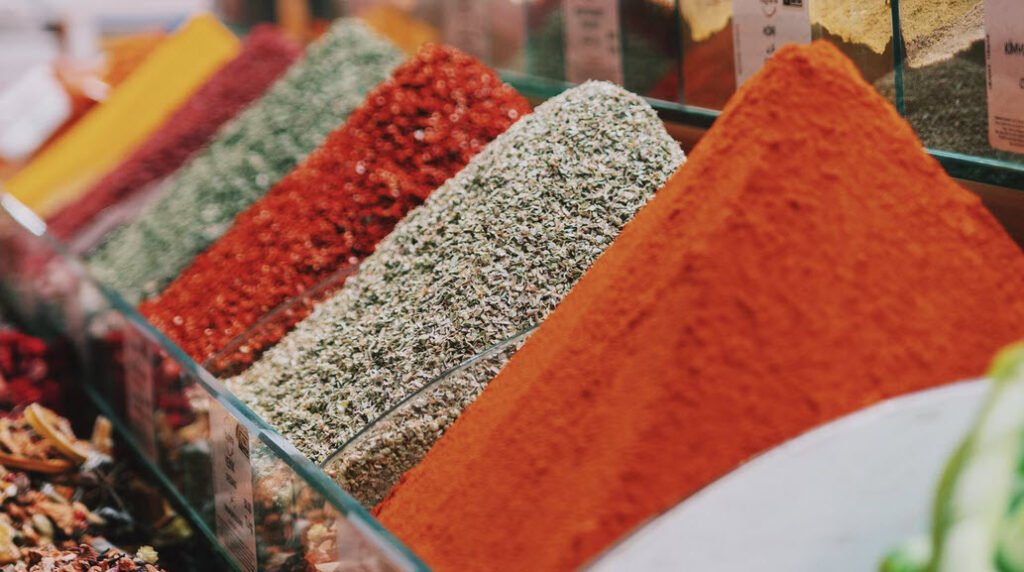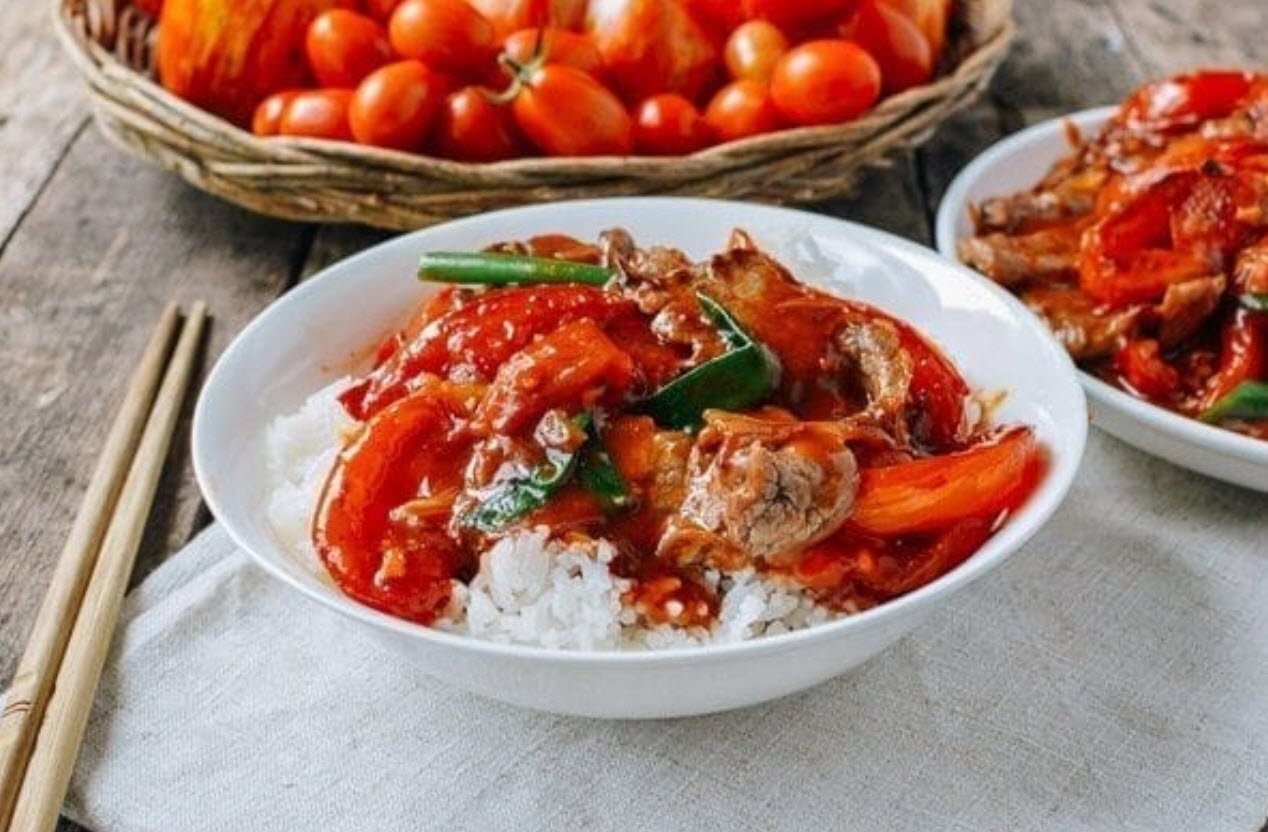
If you find yourself scratching the top of your head wondering what on earth maces powder and nutritional yeast are, the following list of ingredients should help you become better acquainted with items that will soon turn out to be indispensable to your vegan pantry.
Suggested Read: Things We Simply Can’t Live without in Our Kitchens
A lot of the ingredients you will come across in this article can be found in any well-stocked market, while less common ingredients may require a trip to your local health food store or a quick visit to the good ole Internet.
1. Beans
People usually go for canned beans, rinsing and draining them thoroughly to get rid of as much sodium as possible. If you happen to cook your own, we tip our hats to you. You probably already know that one 15-ounce (425 g) can of beans equals approximately 1 2/3 cups (294 g) cooked beans, or 2/3 cup (120 g) dry beans.
2. Edible seaweed
Heike, dulse, and nori are three edible seaweeds that add a fishy flavor to foods without using fish.
3. Egg replacer
Although very rarely called for in many recipes, this powder is a handy ingredient to have around the kitchen. Enter-G and Bob’s Red Mill brand egg replacers both make an easy task of replacing eggs in recipes.
4. Flours
If you want to get the most nutrition out of your baked goods, consider using whole wheat pastry flour instead of all-purpose flour. Whole wheat pastry flour is ground from soft wheat and is lighter than regular whole wheat flour, so it works particularly well in pastries, cookies, cakes, and the like. (It does not, however, work quite as well in yeast breads due to its low gluten content.)
If you can’t find or don’t have whole wheat pastry flour, you can combine equal amounts of unbleached all-purpose and whole wheat flours to get the same results (or just use all all-purpose). Most supermarkets have also started to carry white whole wheat flour, which you find makes for lighter and fluffier breads while still retaining all the nutrition regular whole wheat flour does.
We recommend using it in yeast breads for less dense results or in combination with all-purpose flour in baked goods, if available.
5. Nondairy milks
We favor unsweetened milk so that it lends itself to pretty much any use, but you shouldn’t too picky on which kind: soy, almond, rice, whatever you have. Consider trying several to discover what your palate enjoys best.
6. Nut butters
Peanuts, almonds, cashews, creamy or crunchy: They’re all fantastic, especially when made of nothing but nuts and a little salt. Most all-natural peanut butters have a tendency to separate in the jar, requiring a good stir; sometimes this can cause a problem in our recipes.
Luckily, there are several all-natural creamy peanut butters (including Earth Balance and MaraNatha) that are clearly labeled as no-stir, and believe it or not, they really are!
7. Nutritional yeast
This is a nonnative kind of yeast you’ll either love, hate, or learn to appreciate. Its nutty and cheesy flavor is a bit of an acquired taste, so give yourself time to get used to it. Look for the vegetarian-support formula which is enriched in vitamin B12.
8. Oils
Use neutral-flavored vegetable oils (such as canola, vegetable, peanut, etc.) in baking, unless otherwise mentioned. When it comes to cooking, we favor peanut oil for dishes that involve a long frying time because it has a high smoke point. For salads, you can use extra-virgin olive oil.
Some people also feel that canola and coconut oil are the evil duo of the greasy world. The charges against them include GMO issues for the former, and saturated fats for the latter. If this is a concern, you can always opt to replace them with peanut or vegetable oil.
9. Sriracha
This hot sauce is made from Chile peppers, garlic, vinegar, and salt ground together to form a smooth paste. Check the ingredient list carefully, because some brands contain fish sauce.
10. Sweeteners
People mostly use organic evaporated cane juice (guaranteed to be vegan, as opposed to most brands of granulated cane sugar), organic beet sugar, organic brown sugar, Sucanat, and raw sugar. As for the liquid sweeteners, why not try agave nectar, pure maple syrup, and brown rice syrup? You will love them, too.
11. Tofu and tempeh
Silken tofu is most frequently used for desserts and sauces, and extra firm or even super firm (yes, there is such a thing!) is best for frying and baking. Be sure to press the tofu if You’re going to fry it, because it makes for a chewier and meatier texture.
To press, drain the block and then sandwich it between either two folded kitchen towels or several folded layers of paper towels. Place a heavy object (a book or frying pan) on top to press out excess moisture, and let sit for 1 hour.
12. Liquid smoke
A condiment that’s stocked near the marinades in most markets, this is made by condensing smoke into liquid form. A little goes a long way in giving a smoky flavor to many foods.
13. Maca powder
This dried root is somewhat of a super food, because it is packed with vitamins (B), minerals (including calcium), and amino acids, and is said to increase stamina, reduce fatigue, and even enhance libido. It is rather expensive, but a little goes a long way. It has a nutty, almost buttery flavor.
It can be sprinkled on oatmeal or other hot cereals for an added nutritional boost. You can sneak it into some of the recipes to add richness and depth.
14. Orange marmalade
You will find this in several of the popular recipes, because you’ll love its bold flavor. Look for the kind that has no sugar or artificial sweetener added: It isn’t bitter at all. Try Smucker’s Simply Fruit or St. Dalfour brands.
15. Salt and pepper
We want to respect your habits when it comes to salt and pepper, so the measurements you will find in many recipes are meant as a guideline. You will usually see to taste” added after these two ingredients so that you can follow your needs and preferences.
The salt you are most likely to find in kitchens is sea salt, because it retains some minerals, albeit a minuscule amount. You have been known to add a small amount of black salt in recipes that aim to replicate eggs, because it lends a delicate sulfurous flavor to foods.
16. Sambal Oelek
Spicy sauce made of chiles, vinegar, and salt, this condiment is available at most supermarkets in the international food section.
17. Soy sauce
If you prefer tamari or Bragg’s Liquid Amino, they are all interchangeable. Always use reduced-sodium kind so as to have control over the saltiness of the food. The liquid aminos only contain a small amount of natural sodium and happen to be gluten free.
18. Spices and herbs
Sometimes you call for fresh herbs and spices, and sometimes you call for dried in the recipes. Unless otherwise noted, you can use either, but of course, fresh is best whenever available. As a general rule, 1 part dried herb is the equivalent of 3 parts fresh.
19. TVP (textured vegetable protein)
These granules are used to replicate and replace ground meats in many of our recipes. TVP is inexpensive and found in most health food stores. Made from defatted soy flour, this gluten-free staple will become a must-have in your kitchen. People mostly stick to the small granules, but the larger chunks can also come in handy for stir-fries, soups, and curries.
20. Vital wheat gluten flour
A perfect source of protein, this flour is sometimes used in breads to improve texture and is also used to prepare seitan, also known as wheat meat.
Gluten is the natural protein portion removed from whole wheat. It can be found in most grocery stores or ordered online. Keep in mind that vital wheat gluten flour is completely different from high-gluten flour: these two are not interchangeable and will not perform similarly in recipes.
21. Yeast
Experts mostly use active dry yeast in their recipes, unless otherwise noted, because it is readily available in markets. It is sold in either strips of three envelopes or in small jars. One envelope is equal to 21/4 teaspoons (1/4 ounce, or 7 g).








